Fixing our buildings is going to be a long, hard, and expensive job.
The scope of the problem and the number of buildings is daunting, but at least there are people figuring out how to do it.
I was in a workshop titled “High tech vs low tech retrofit solutions for MURBs (Multiple Unit Rental Buildings” at the Retrofit Canada conference in Toronto when Christy Love of RDH Building Science whipped out her pen and listed all of the things she worries about when working on deep retrofits of multifamily housing projects.
I stared at it for some time because I came to realize how complex this issue was, why so few projects actually get done, and why we are so screwed if we don’t clean up our act. Because every one of these bubbles is composed of many little bubbles, and every one of them needs our attention.
Let’s start with energy and emissions savings; my first thought was that you can’t conflate energy and emissions anymore, they have decoupled. You can save energy with insulation, or you can reduce emissions by going all-electric with heat pumps. They are two different issues.
And then there is the question of the operating emissions from running your building, vs the upfront carbon emissions from the renovations you do to reduce your operating emissions. It’s enough to make some people throw up their hands and suggest that we should just electrify with heat pumps, throw some solar panels on the roof and call it a day. Some like engineer Richard Erskine have said deep energy retrofit “isn’t a realistic strategy for reaching net zero in the fastest time possible”.
Peter Amerongen of Retrofit Canada took umbrage with this, retorting that there wasn't enough electricity to do this. I acknowledge this and agreed; I have even written a paper about it, (Why fabric remains first) My point was that it’s complicated, there are hard choices to be made, and you could spend your career in this bubble alone.
Then there is the safety bubble. I was not sure what Christy meant by it and asked; she explained: “Thermal safety. People will retreat to or stay in their homes during a climate event or disaster. With they be safe there? Warm enough, or cool enough?”
She then added: “Clean air.”
So here we have two or three bubbles in one. Insulation and windows provide thermal safety, while the Heat or Energy Recovery Ventilators provide fresh air and humidity control. We are also all breathing PM2.5 from forest fires right now and need filtration. Most apartments no longer are designed for cross-ventilation so we need air conditioning. You could spend your career in the safety bubble alone.
UPDATE: Engineer Robert Lepage made a good point on Linkedin:
“It's great to see safety in the diagram. But safety is much more expansive than just overheating or air pollution. For DER, it's removal of hazardous materials (asbestos, mould), restoring damaged structures (e.g. rotting balconies, walls), it is removing combustible appliances with questionable ventilation hazards, it can also be implementing accessibility features like ramps, stairs, or elevators.”
Safety overlaps with Climate Resilience, designing for resistance to fires, floods, overheating and freezing. Out west where Christy lives, you probably have to throw in earthquake resistance. The “Fabric Fifth” and “electrify everything” people tend to forget about these.
Finally we have “renew aging assets”- many of these buildings are old, with single-glazed windows, poor insulation, and massive thermal bridges. The bubble overlaps with “emissions savings” because this is where much of the upfront carbon is- in the new windows, insulation and cladding. This is where terrible and even deadly mistakes have been made. This is where you have to worry about moisture, inflammability, airtightness, thermal bridges, so many issues!
So many of the difficulties arise from the basic plan of the building; most are based on double-loaded pressurized corridors so there can be no cross-ventilation. Do you put HRVs on the exterior where they are hard to maintain, or do you put in central systems that cost more and need expensive fire dampers? Do you seal doors from the corridor or leave the gaps that used to supply makeup air? Is the design of our buildings so fundamentally flawed that we should just start over?
As another presenter notes, the scale of the problem is daunting. Hundreds of thousands of housing units have to be retrofitted, and where is the money going to come from? Where are the trades who can do the work? Where will the materials come from?
In the end, I am in awe of people like Christy Love who are actually doing this stuff, figuring out how to do retrofits at this scale. We never answered the question in the title of the seminar- “High tech vs low tech”- we need every tech.
Or maybe we should just go with Behavioural Science Fellow Jay Olson’s slide here: give everybody a bike and ban burgers. We might have a better chance of pulling it off.
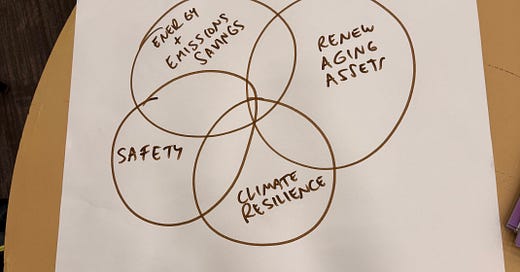




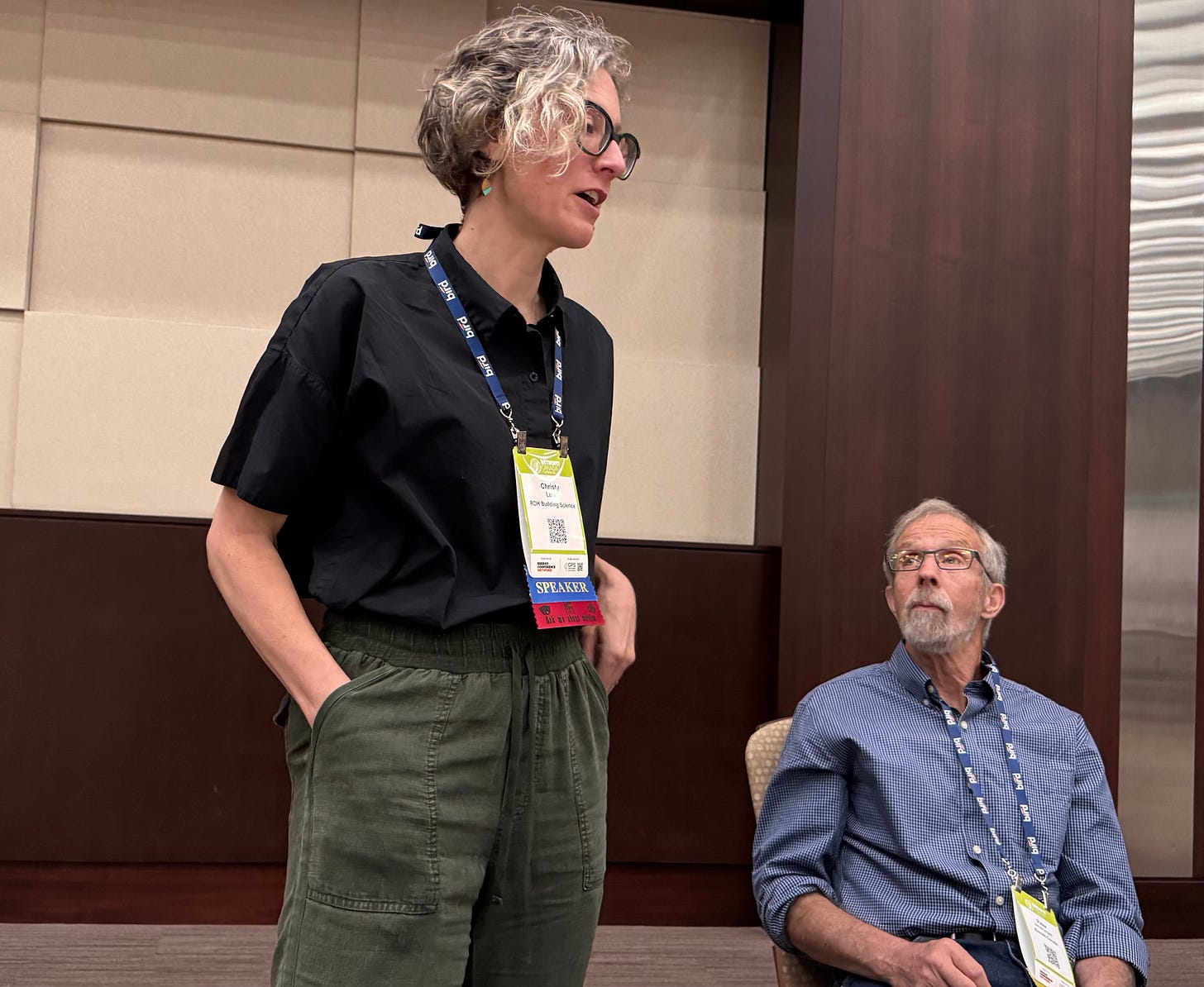
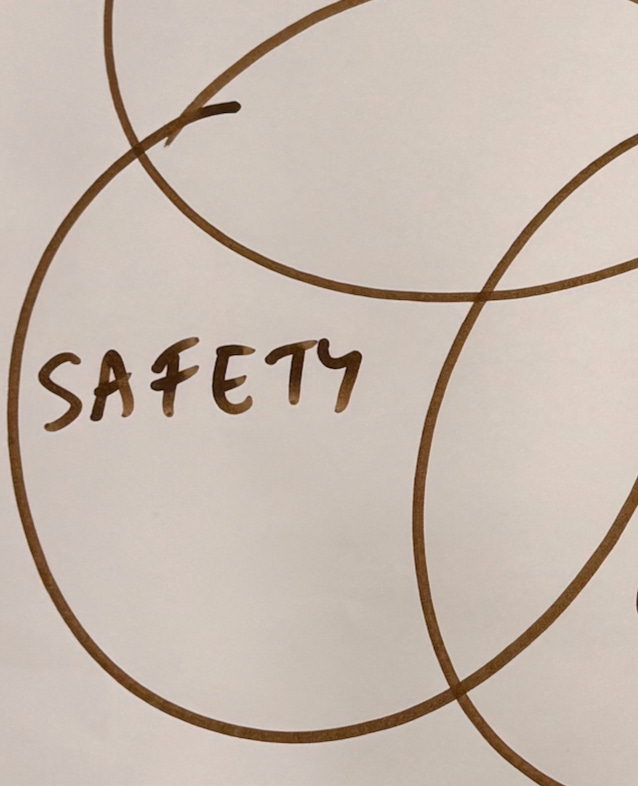
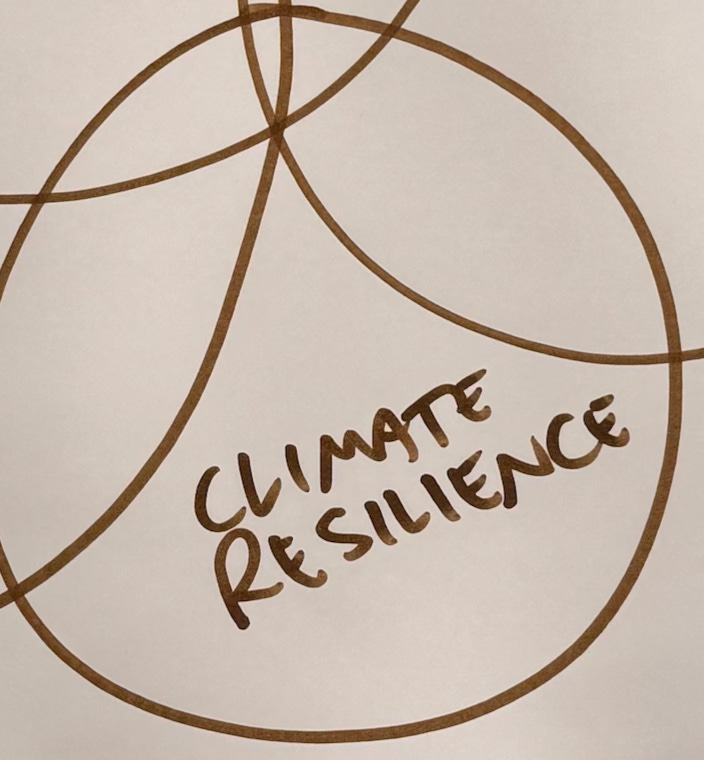

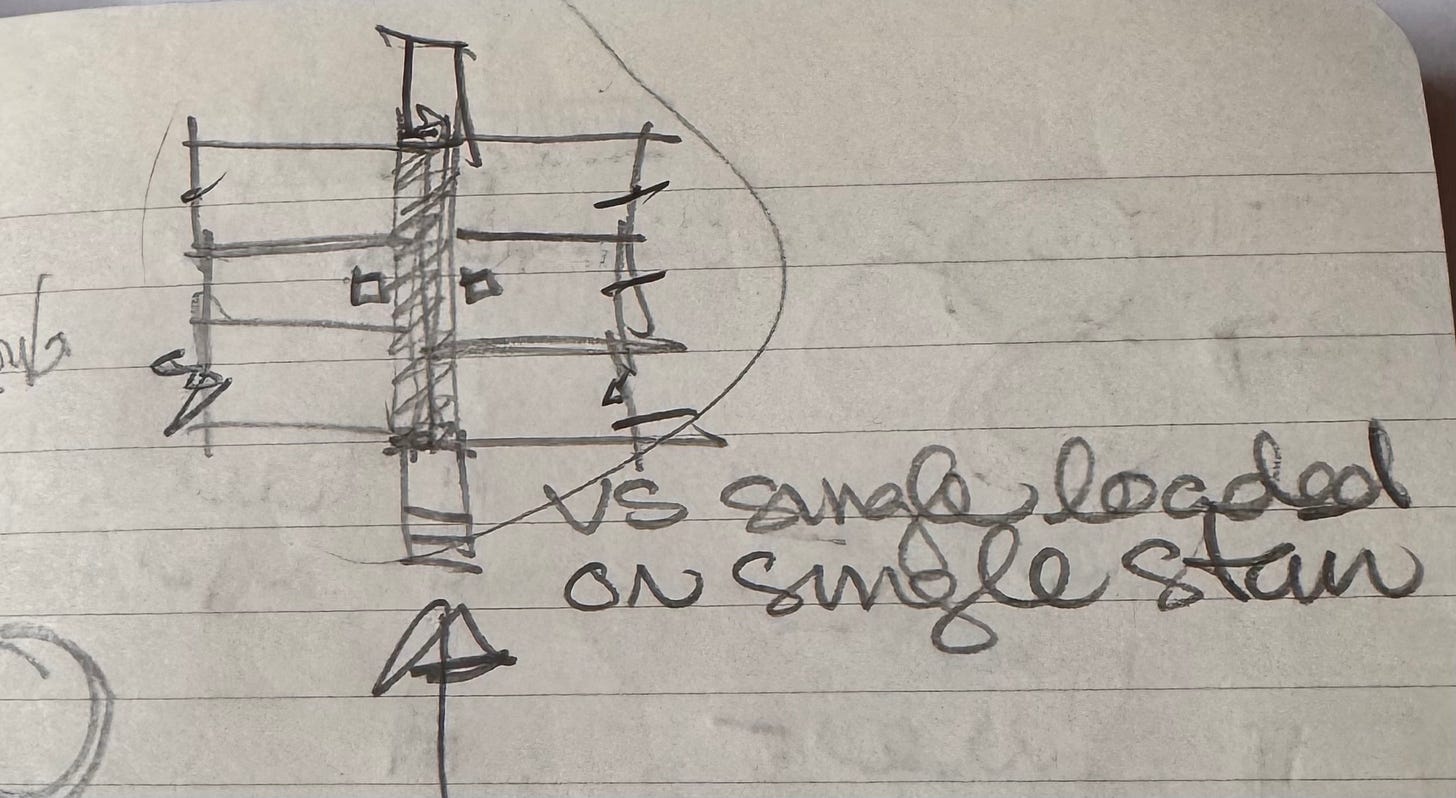
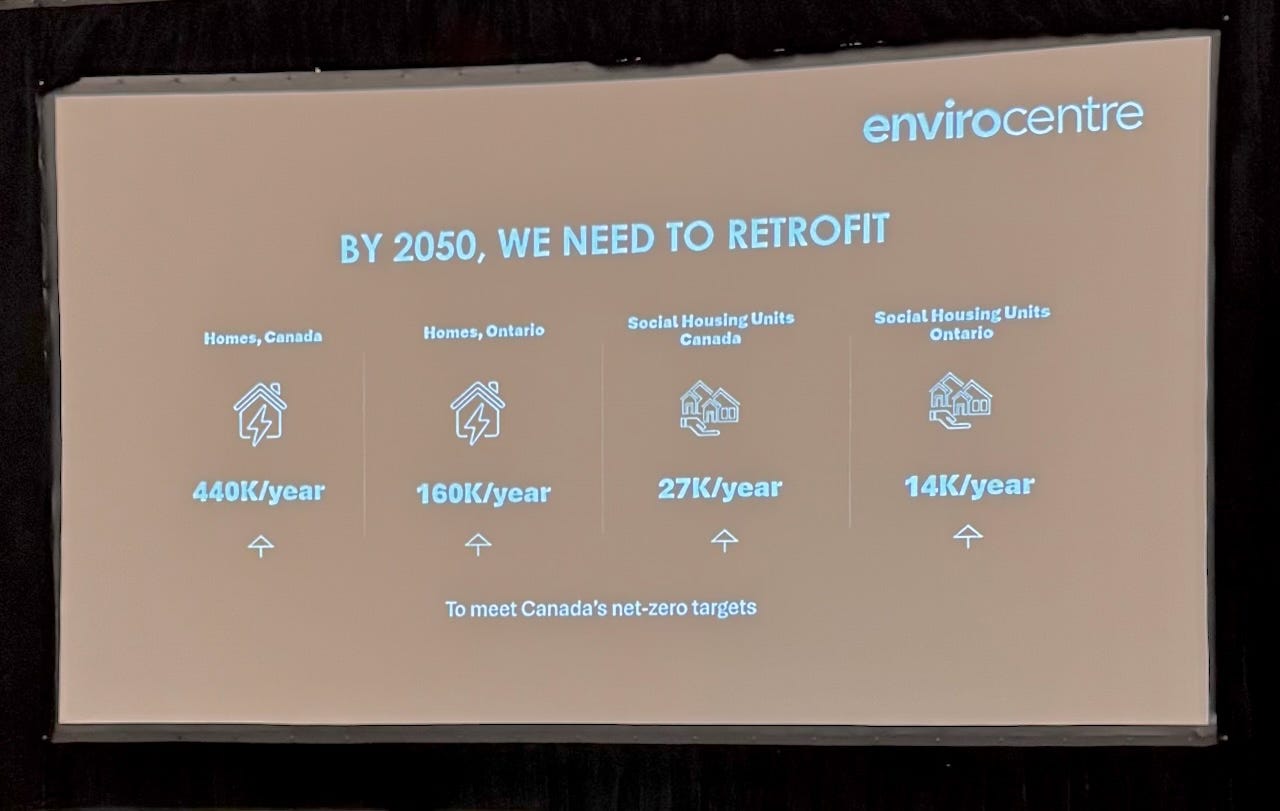

Perhaps considering that the world is on the precipice of spending $3 trillion annually on defence. It makes no one safer, robs us of food, shelter, education and medicine. Increasing our military spending is going to cost us social programs, (delay climate actions) and will benefit the military industrial complex’s increase in authoritarian tendencies rather than addressing the root causes of conflict and instability. Our economy and social fabric is inevitably less resilient when political power is prioritized over societal equity and climate stability.
"Hundreds of thousands of housing units have to be retrofitted, and where is the money going to come from? Where are the trades who can do the work? Where will the materials come from?" Please watch the documentary "Finding the Money" (https://findingmoneyfilm.com/) or read "The Deficit Myth" by Stephanie Kelton so that you don't ever string these sentences together again. The latter two are the issue, finding the money is the easy part.